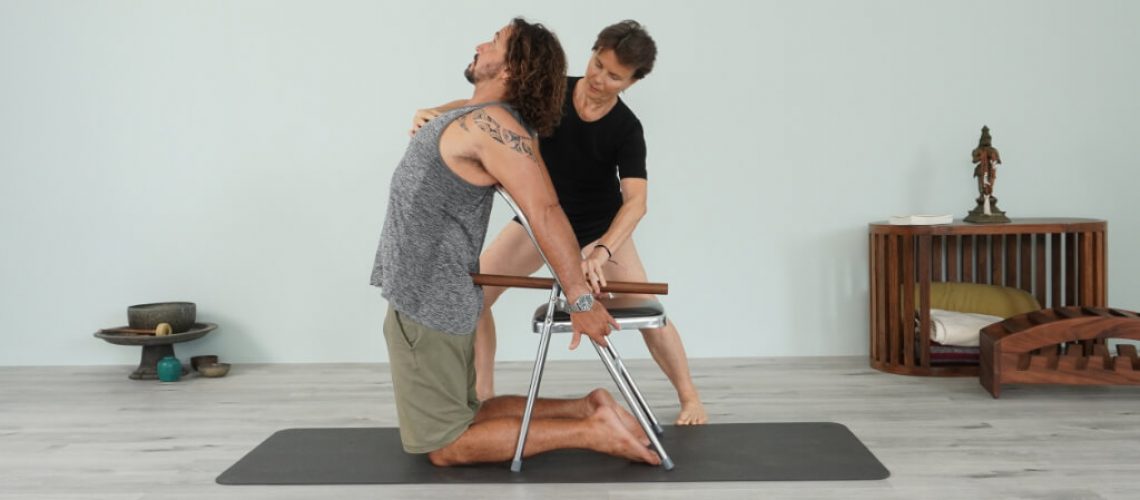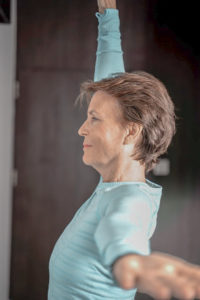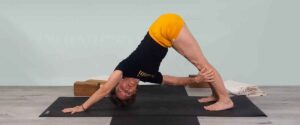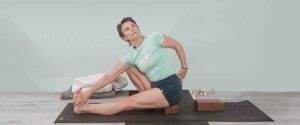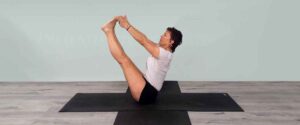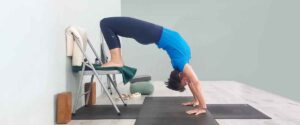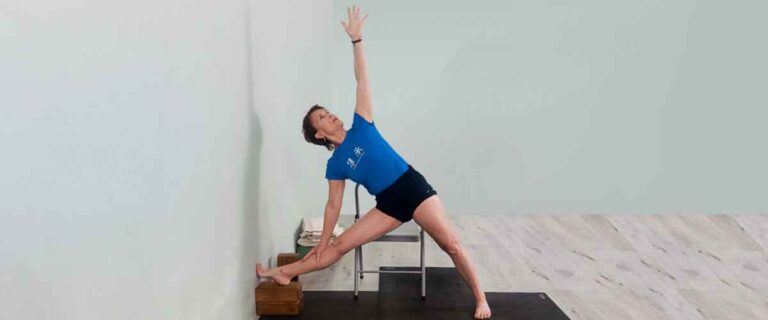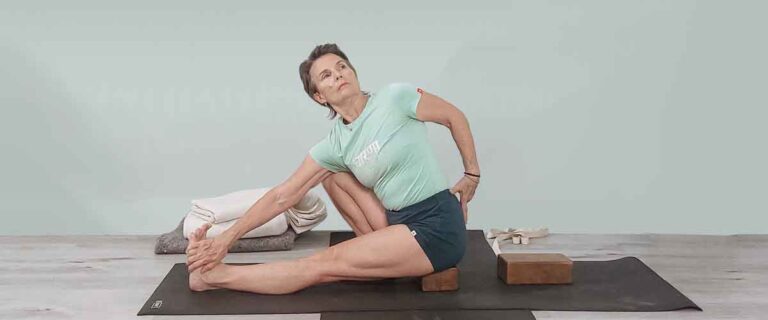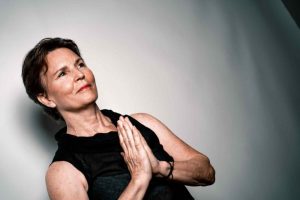Saying YES! to challenges!
Baby backbends include preparations for understanding the correct actions and directions to move into the asanas.
To the physical cues,we add the intellectual cues, which help us have a deeper understanding of what to do—build sensitivity, soften, and counterbalance wherever needed
This awareness is learned gradually one layer at a time with consistent practice.
Some love back bending, others shy away… In the process, we learn to discipline ourselves, look at our fears and our tendencies, which allows us to break through what holds us back.
Our practice is a mirror for many aspects of our lives. It’s in the time spent on the mat where you learn to face up, bring clarity to what’s best, make new healthy decisions, leave our negativity behind and say YES to the things we avoid.
Backbending postures are a physical opening of the heart area—an area that can close up due to physical posture- lifestyle habits, mental state of mind, anxiety, depression, pain, and trauma, as well as a need to protect ourselves.
It is not uncommon to have a release of stored emotion as one begins to open up. Each of us is unique with a different life journey. Take what comes up, breath into it, embrace the moment and be grateful for having a practice. Keep breathing and allow the letting go process to guide you.
Breakdown of the sequence
How to Use Strap for Back Support
Adho Mukha Svanasana ( Downward Dog Pose )
Utkatasana ( Chair Pose )
Ustrasana ( Camel Pose )
Urdhva Mukha Svanasana ( Uoward Dog Pose )
Salabhasana ( Locust Pose )
Dhanurasana ( Bow Pose )
Adho Mukha Virasana ( Downward Facing Hero Pose )
Chatushpadasana ( Four Footed Pose )
Halasana ( Plough Pose )
Mini Setu Bandha ( Mini Bridge Pose )
Savasana ( Corpse Pose )

